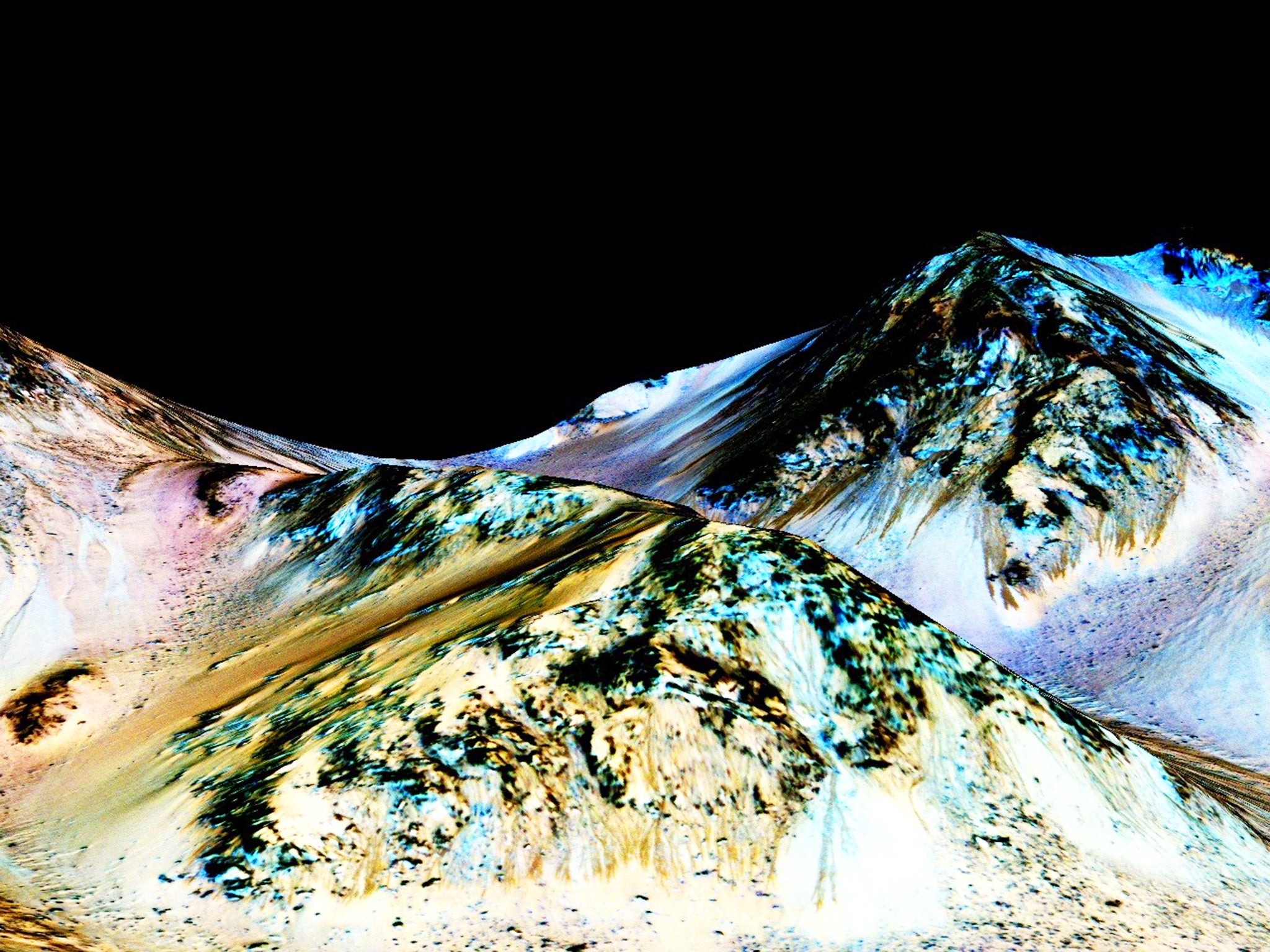Mars lakes have been around for long enough to support life, Nasa’s Curiosity rover shows

A crater on Mars had water in it that stayed there for up to 10,000 years — long enough that it could have supported life.
Rock formations seen in new photographs from the Nasa Curiosity rover show that a water system of lakes and deltas was spread across the Gale Crater, which the rover is currently exploring.
Scientists say that sediments that seem to have been carried by the water have been seen in the pictures.
Water might have stayed there for between 100 and 10,000 years. That would be long enough for early life to become established there, scientists said.
While there is no evidence that life took root in the crater, water is thought to be necessary for life to begin.
Writing in the journal Science, the researchers said: "One of the key criteria for planetary habitability is the duration for which water might have been accessible to enable microbial origination and evolution.
"The Gale crater floor today is the lowest topographic depression for over 1,000 kilometres in any direction, including the northern plains. Our results show that water pooled there, in surface and subsurface reservoirs, for a geologically and perhaps biologically relevant period of time."
Subscribe to Independent Premium to bookmark this article
Want to bookmark your favourite articles and stories to read or reference later? Start your Independent Premium subscription today.

Join our commenting forum
Join thought-provoking conversations, follow other Independent readers and see their replies